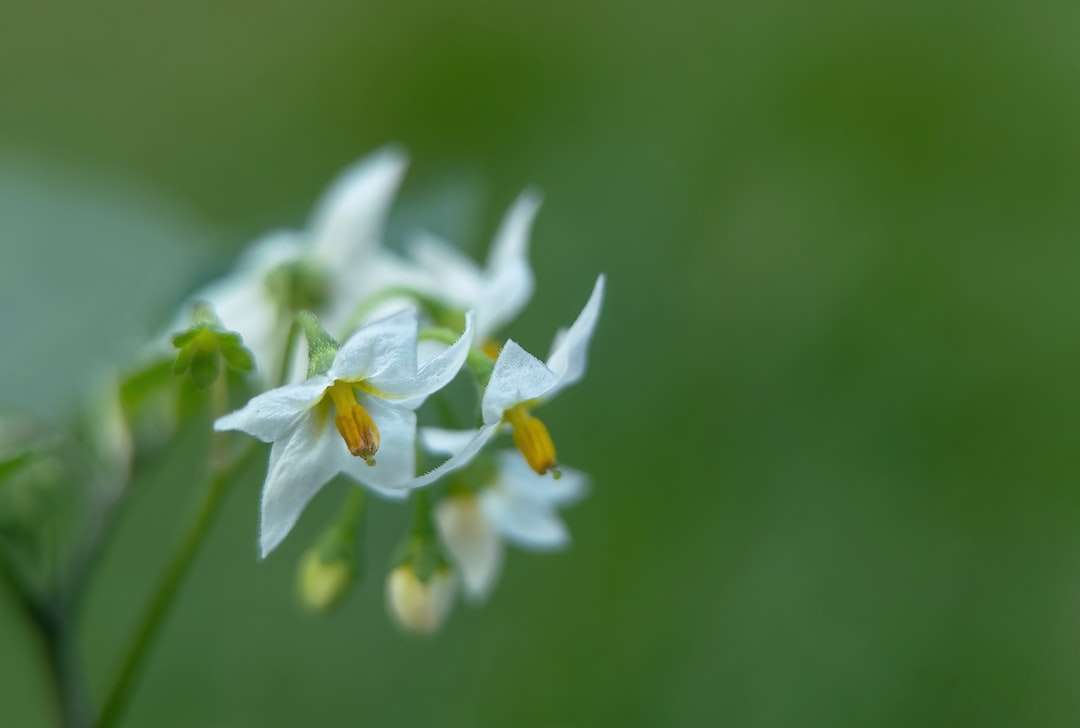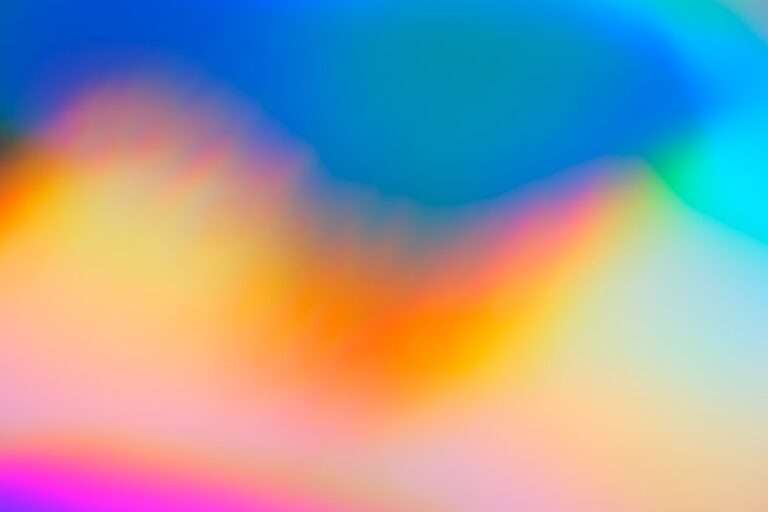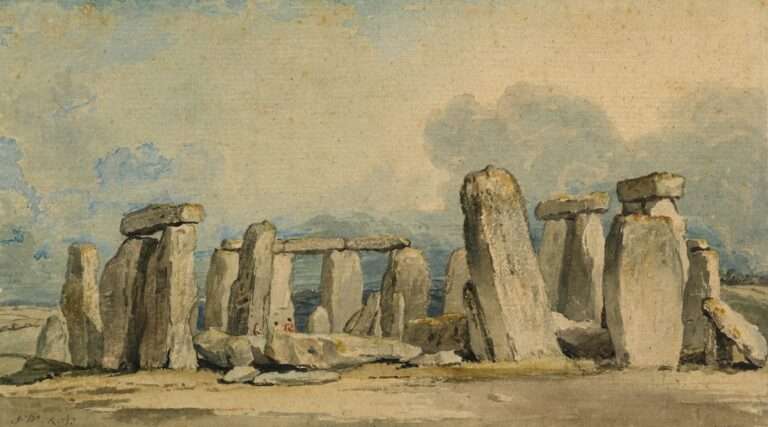Color Yellow Symbolism in Art, Culture, and Psychology

Yellow is a color that is often associated with happiness, warmth, and positivity. It is a vibrant and eye-catching color that can instantly brighten up a space or evoke a certain emotion. From ancient civilizations to modern-day society, yellow has played a significant role in various aspects of life, including art, culture, fashion, and even sports. In this article, we will explore the history of yellow, its use in art and culture, its impact on our mood and behavior, its symbolism in different societies and religions, as well as its presence in nature. By delving into these different aspects, we can gain a deeper understanding of the power and beauty of the color yellow.
The History of Yellow: From Ancient Times to Modern Day
Yellow has been used by humans for thousands of years. In ancient civilizations such as Egypt and China, yellow was associated with royalty and power. In Egypt, yellow was the color of the sun god Ra, while in China it was the color of the emperor. Yellow pigments were also used in cave paintings by early humans to depict the sun and fire.
In art and culture, yellow has evolved over time. During the Renaissance period, yellow pigments such as lead-tin yellow and Naples yellow were used by artists to create vibrant and luminous paintings. In the 19th century, the Impressionists embraced yellow as a way to capture light and atmosphere in their paintings. Artists such as Vincent van Gogh and Paul Gauguin used yellow extensively in their works to convey emotion and meaning.
In modern times, yellow continues to be a popular color in art and design. It is often used to create bold and eye-catching visuals. Yellow is also commonly associated with happiness and optimism, making it a popular choice for branding and marketing.
Yellow in Art: How Artists Use the Color to Convey Emotion and Meaning
Yellow has been used by artists throughout history to convey a wide range of emotions and meanings. In different art movements, yellow has been used in various ways to create different effects. For example, in the Impressionist movement, yellow was used to capture the fleeting effects of light and atmosphere. Artists such as Claude Monet and Pierre-Auguste Renoir used yellow to create vibrant and luminous landscapes.
In abstract art, yellow is often used to create a sense of energy and movement. Artists such as Wassily Kandinsky and Piet Mondrian used yellow in their paintings to create a sense of dynamism and excitement. Yellow can also be used to create a sense of warmth and happiness. Artists such as Vincent van Gogh and Henri Matisse used yellow extensively in their works to convey joy and optimism.
Some famous artworks that prominently feature yellow include Van Gogh’s “Sunflowers,” Matisse’s “The Dance,” and Kandinsky’s “Composition
” These artworks demonstrate the power of yellow to evoke emotion and create meaning.
The Psychology of Yellow: How the Color Affects Our Mood and Behavior
Yellow is often associated with happiness, warmth, and positivity. It is a color that can instantly uplift our mood and make us feel more optimistic. Yellow is also associated with energy and creativity, making it a great color for stimulating our minds and encouraging productivity.
In color therapy, yellow is often used to treat depression and anxiety. It is believed that the color yellow can help to increase serotonin levels in the brain, which can improve mood and reduce feelings of sadness or worry. Yellow is also believed to stimulate the nervous system and enhance mental clarity.
In interior design and decor, yellow is often used to create a sense of warmth and coziness. It can be used as an accent color to add a pop of brightness to a space or as a main color to create a cheerful and inviting atmosphere. Yellow can also be used to create a sense of energy and excitement in a room.
Yellow in Culture: The Symbolism and Significance of the Color in Different Societies

Yellow holds different cultural significance in different parts of the world. In many Asian cultures, yellow is considered a sacred color and is associated with royalty and power. In China, yellow was the color of the emperor and was reserved for the highest-ranking officials. In India, yellow is associated with purity and spirituality and is often worn by brides.
In Western cultures, yellow is often associated with happiness, optimism, and warmth. It is a color that is often used to represent sunshine and summer. Yellow is also associated with caution and warning, as seen in traffic signs and caution tape.
In some African cultures, yellow is associated with wealth and prosperity. It is often used in traditional clothing and accessories to symbolize abundance and success.
Yellow in Religion: The Role of the Color in Spiritual Traditions
Yellow holds religious significance in many different spiritual traditions. In Buddhism, yellow is associated with the saffron robes worn by monks. The color represents humility, simplicity, and detachment from material possessions.
In Hinduism, yellow is associated with knowledge and learning. It is often used in religious ceremonies and rituals to symbolize purity and enlightenment.
In Christianity, yellow is associated with light and divinity. It is often used to represent the presence of God or the Holy Spirit.
Yellow in Fashion: How the Color is Used in Clothing and Accessories
Yellow has been a popular color in fashion for many years. It is a color that can instantly make a statement and grab attention. Yellow can be worn as a bold statement piece or as an accent color to add a pop of brightness to an outfit.
In recent years, yellow has been a popular color on the runway. Designers such as Gucci, Balenciaga, and Versace have incorporated yellow into their collections, creating vibrant and eye-catching looks.
When incorporating yellow into your wardrobe, it is important to consider your skin tone and personal style. Yellow can be a challenging color to wear, as it can wash out some skin tones. However, there are many shades of yellow to choose from, ranging from pale pastels to vibrant neons. Finding the right shade of yellow that complements your skin tone can help you to incorporate this color into your wardrobe in a way that suits your personal style.
The Science of Yellow: The Physics and Chemistry Behind the Color
Yellow is a color that is created by light with a wavelength between 570 and 590 nanometers. It is a primary color in the subtractive color model, which is used in printing and mixing paints. Yellow pigments are created by mixing red and green pigments together.
In terms of chemistry, yellow dyes and inks are created using various chemical compounds. For example, yellow dyes can be created using natural substances such as turmeric or saffron. Synthetic yellow dyes are often created using chemical compounds such as azo dyes or anthraquinone dyes.
The perception of yellow is also influenced by the human eye and brain. The human eye contains three types of color receptors, or cones, that are sensitive to different wavelengths of light. The cones that are sensitive to medium wavelengths are most sensitive to yellow light.
Yellow in Advertising: How the Color is Used to Influence Consumer Behavior
Yellow is a color that is often used in advertising and marketing to grab attention and evoke certain emotions. It is a color that can instantly make a brand or product stand out from the competition.
In advertising, yellow is often used to create a sense of happiness, optimism, and energy. It can be used to convey a positive message or to create a sense of urgency. Yellow is also commonly used in sale signs and promotions to attract customers and encourage them to make a purchase.
Some successful yellow-based advertising campaigns include McDonald’s, which uses yellow in its logo and branding to create a sense of happiness and warmth. Another example is the Post-it Note brand, which uses yellow in its packaging to create a sense of creativity and innovation.
The Power of Yellow in Sports: How the Color is Used in Team Uniforms and Logos
Yellow is a color that is often used in sports team branding. It is a color that can create a sense of energy and excitement, both for the athletes and the fans.
Many famous sports teams have yellow uniforms or logos. For example, the Pittsburgh Steelers in the NFL have yellow as one of their team colors. The Brazilian national soccer team also has yellow as their primary color, representing their vibrant and passionate style of play.
The psychological impact of yellow on athletes and fans can be significant. Yellow is a color that can create a sense of confidence and optimism, which can be beneficial for athletes during competitions. For fans, seeing their favorite team wearing yellow can create a sense of excitement and pride.
Yellow in Nature: The Beauty and Significance of Yellow Flowers, Birds, and Insects
Yellow is a color that is abundant in nature. It can be seen in beautiful flowers, birds, and insects.
In the plant kingdom, there are many stunning yellow flowers. Some examples include sunflowers, daffodils, tulips, and marigolds. These flowers are often associated with happiness, warmth, and positivity.
In the animal kingdom, there are also many birds and insects that are yellow. Some examples include canaries, goldfinches, butterflies, and bees. These creatures are often associated with beauty, vibrancy, and pollination.
Yellow plays an important role in nature as it attracts pollinators such as bees and butterflies. These pollinators help to spread pollen from one flower to another, allowing plants to reproduce and create new seeds.
In conclusion, yellow is a color that holds significant meaning and symbolism in various aspects of life. From ancient civilizations to modern-day society, yellow has been used to convey emotion, create meaning, and influence behavior. Whether it is in art, culture, fashion, or nature, yellow has the power to uplift our mood, evoke happiness, and create a sense of warmth and positivity. By understanding the significance of yellow in different aspects of life, we can appreciate the beauty and power of this vibrant color.
If you’re interested in exploring the symbolism of yellow, you might also enjoy reading about the symbolism of the sun. The sun is often associated with warmth, light, and vitality, and its yellow color represents energy and positivity. To delve deeper into this topic, check out this fascinating article on symbolismhub.com. It provides insights into the various meanings and interpretations of the sun symbol across different cultures and belief systems.
FAQs
What is yellow symbolism?
Yellow symbolism refers to the use of the color yellow to represent certain ideas, emotions, or concepts in art, literature, and culture.
What are some common meanings associated with the color yellow?
Yellow is often associated with happiness, joy, optimism, and energy. It can also represent caution, cowardice, and deceit.
What are some examples of yellow symbolism in art and literature?
In Vincent van Gogh’s famous painting “Sunflowers,” the yellow flowers are often interpreted as a symbol of happiness and vitality. In F. Scott Fitzgerald’s novel “The Great Gatsby,” the character Daisy Buchanan is often associated with the color yellow, which represents her superficiality and lack of depth.
What is the cultural significance of yellow in different parts of the world?
In many Asian cultures, yellow is considered a sacred color and is associated with royalty and prosperity. In Western cultures, yellow is often associated with caution and warning, as seen in yellow traffic lights and caution signs.
How has yellow symbolism evolved over time?
Yellow symbolism has evolved over time and can have different meanings depending on the context and culture. For example, in medieval Europe, yellow was associated with Judas Iscariot and betrayal, while in contemporary Western culture, yellow is often associated with happiness and positivity.





